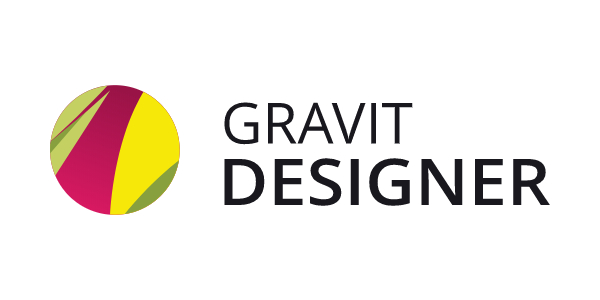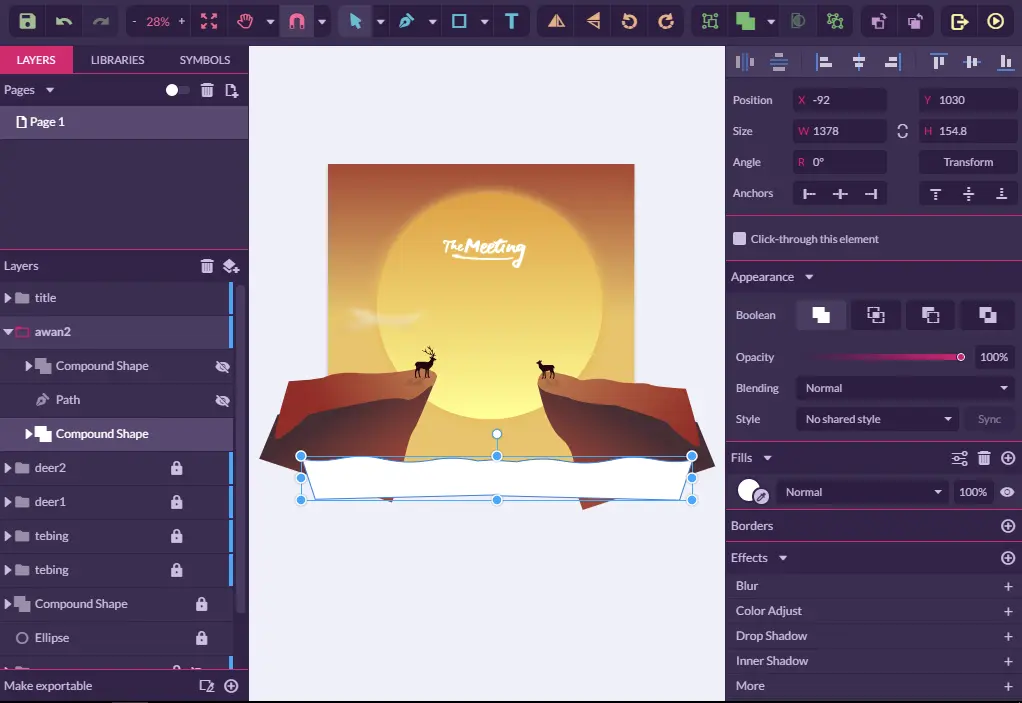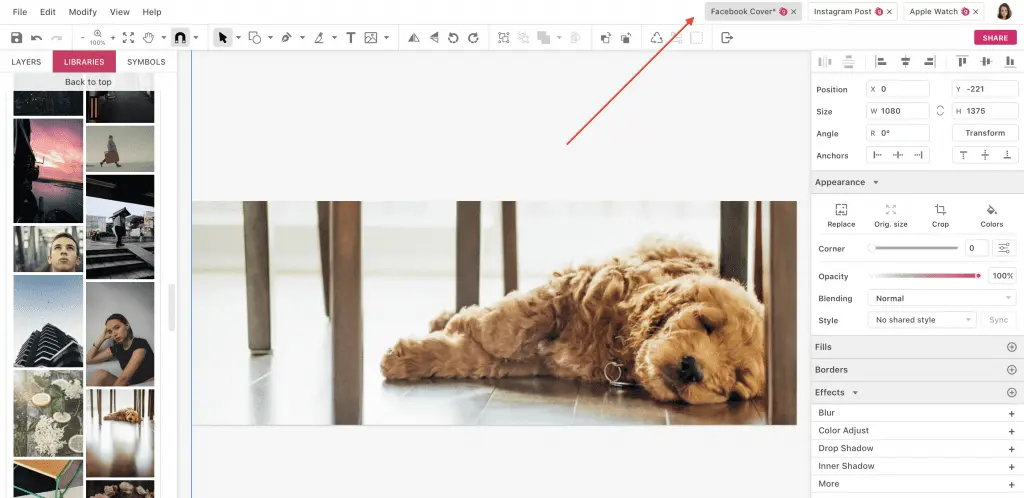In the vast landscape of digital design tools, Gravit Designer Digital design tool beginner stands out as a versatile and user-friendly option for beginners and professionals alike. Whether you’re a graphic designer, illustrator, UI/UX designer, or just someone looking to dabble in digital art, Gravit Designer offers a powerful set of features without the steep learning curve of some other design software. In this guide, we’ll take a deep dive into what makes Gravit Designer tick and how you can harness its potential to unleash your creativity.
Getting Started with Gravit Designer
Before we dive into the nitty-gritty of Gravit Designer, let’s start with the basics. Gravit Designer is a free, web-based vector graphic design tool that’s accessible through your web browser or can be downloaded for offline use on your desktop. It’s available on multiple platforms, including Windows, macOS, Linux, Chrome OS, and even as a mobile app for iOS and Android devices.

Once you launch Gravit Designer, you’ll encounter a clean and intuitive interface. The workspace divides into familiar panels, including the canvas where you’ll conduct most of your design work, along with panels for layers, tools, and properties. If you’re new to design software, don’t worry; Gravit Designer’s interface aims to be approachable for beginners while still providing advanced functionality for seasoned designers.
Understanding the Basics
Gravit Designer Digital design tool beginner primarily works with vector graphics, which are images defined by mathematical equations rather than pixels. This means you can scale your designs infinitely without losing quality, making it ideal for logos, illustrations, and other graphics that need to be resized frequently.
At the core of Gravit Designer are its powerful drawing tools. You can create shapes, lines, curves, and text with ease, and then manipulate them using a variety of editing options. Whether you’re drawing freehand or using precision tools, Gravit Designer gives you the flexibility to bring your ideas to life.
Creating Your First Design
Let’s walk through the process of creating a simple design in Gravit Designer. Suppose we want to design a poster for an upcoming event. Here’s how we can do it:

- Setting up the Canvas: Start by creating a new document and setting the canvas size to your desired dimensions. For a poster, you might choose a standard size like A4 or customise it to your specifications.
- Adding Elements: Use the shape tools to add elements to your design. You can draw rectangles, circles, polygons, and more. Experiment with different shapes and colours to create visually appealing compositions.
- Adding Text: Click on the text tool and then click anywhere on the canvas to start typing. You can customise the font, size, colour, and alignment of your text using the options in the properties panel.
- Applying Effects: Gravit Designer offers a range of effects that you can apply to your elements, including shadows, gradients, and blurs. Experiment with these effects to add depth and dimension to your design.
- Arranging Layers: As you add elements to your design, they’ll appear as separate layers in the layers panel. You can rearrange these layers, group them together, and adjust their properties to fine-tune your composition.
- Exporting Your Design: Once you’re happy with your design, you can export it in a variety of formats, including PNG, JPEG, SVG, and PDF. Choose the appropriate format for your intended use, whether it’s printing your poster or sharing it online.
Advanced Features
While Gravit Designer is easy to pick up for beginners, it also offers a range of advanced features for more experienced designers. Here are just a few:

- Advanced Drawing Tools: In addition to basic shapes, Gravit Designer offers advanced drawing tools like the pen tool, which allows you to create complex curves and shapes with precision.
- Symbols and Assets: Gravit Designer lets you create reusable symbols and assets, making it easy to maintain consistency across your designs. This is especially useful for UI/UX designers working on interface elements.
- Vector Effects: Gravit Designer includes a range of vector effects that you can apply to your designs, such as distortions, blends, and warps. These effects allow you to create unique and eye-catching visuals.
- Collaboration Tools: If you’re working on a team, Gravit Designer’s collaboration tools allow you to share your designs with others, leave comments, and work together in real-time.
Tips for Success
As you explore Gravit Designer, keep these tips in mind to get the most out of your experience:
- Practice Regularly: Like any skill, digital design takes practice. Set aside time each day to experiment with Gravit Designer and try out new techniques.
- Learn from Others: There are countless tutorials, guides, and resources available online to help you learn Gravit Designer. Take advantage of these resources to expand your skills and knowledge.
- Experiment Freely: Don’t be afraid to experiment and try out new ideas. Gravit Designer is a safe space to explore your creativity without fear of making mistakes.
- Stay Organised: As your designs become more complex, it’s important to stay organised. Use folders, layers, and naming conventions to keep your projects neat and tidy.
If you have any doubt with related to Gravit Designer: Digital design tool beginner you can practically learn Socialbakers with Six Sigma Digital Best Digital Marketing Institute in Meerut City. For further questions contact us.
Address
Six Sigma Digital – 1st Floor, Kamla Complex, Opp.R.G. Inter College, Near Chaurasia Nursing Home, Chippi Tank, Meerut, Uttar Pradesh -250001
TEL – +91-7900723050, 0121 – 4065144


[…] – Gravit Designer […]